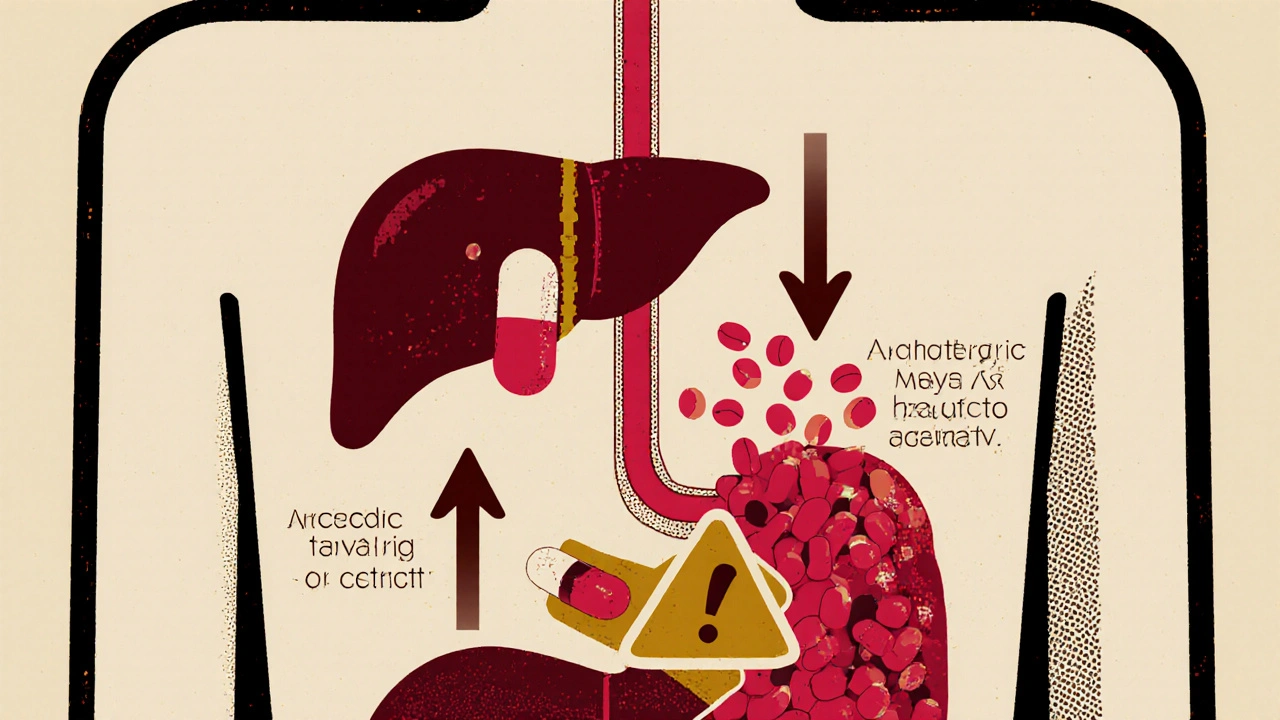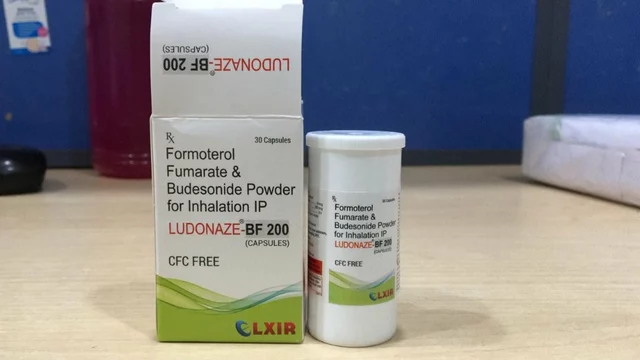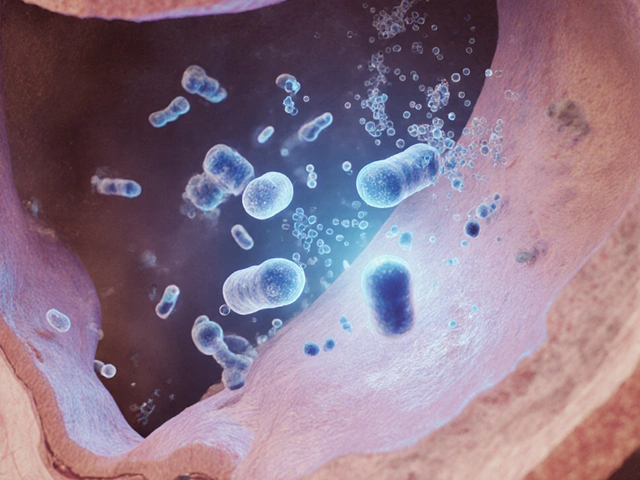Pharmacokinetic Interactions: How Drugs Affect Each Other in Your Body
When you take more than one medication, your body doesn’t treat them like separate events—it tries to process them all at once. This is where pharmacokinetic interactions, how drugs change each other’s absorption, distribution, metabolism, or elimination in the body. Also known as drug-drug interactions, it happens long before you even feel the effect. It’s not about whether the drugs fight each other like rivals—it’s about your liver, kidneys, and gut getting overloaded or confused. One drug might slow down how fast another gets broken down, causing it to build up to toxic levels. Or it might block absorption so the second drug never even reaches your bloodstream. These aren’t rare edge cases. They’re everyday risks.
Take metabolism, the process where enzymes in your liver break down drugs into usable or removable forms. If you’re on a statin like rosuvastatin or simvastatin and also take something that blocks the CYP3A4 enzyme—like certain antibiotics or grapefruit juice—your body can’t clear the statin fast enough. That’s how muscle damage or liver stress happens. Or look at drug clearance, how your kidneys remove medications from your system. If you have kidney disease, drugs like NSAIDs or anticoagulants stick around longer than they should. That’s not a side effect—it’s a pharmacokinetic failure. Even something as simple as omeprazole, a common heartburn pill, can change how your body handles clopidogrel or certain antidepressants by altering enzyme activity. These aren’t theoretical concerns. They’re why people end up in the ER with arrhythmias from methadone mixed with QT-prolonging drugs, or serotonin syndrome from mixing MAOIs with cold meds.
You don’t need to memorize every enzyme or drug class. But you do need to know this: if you’re on more than three medications, especially for chronic conditions like diabetes, heart disease, or mental health, you’re at higher risk. The problem isn’t just the pills—it’s the invisible chain reaction they start inside you. That’s why posts here cover real cases: how prednisone changes mood because of how it’s processed, why amitriptyline causes constipation through slowed gut motility, and how kidney disease turns normal doses into poison. These aren’t random side effects. They’re predictable outcomes of how your body handles multiple drugs at once.
What you’ll find below aren’t just lists of warnings. They’re practical, real-world breakdowns of how these interactions play out in people’s lives. Whether it’s a pregnant woman managing gout with safe meds, someone on methadone avoiding heart rhythm problems, or a diabetic watching their blood sugar because of a proton pump inhibitor—each post shows you how pharmacokinetic interactions actually matter. No jargon. No fluff. Just what you need to ask your doctor, check your meds, and stay safe.

Understand the difference between pharmacokinetic and pharmacodynamic drug interactions-how they affect your body, why they matter, and how to stay safe when taking multiple medications.
Continue Reading





